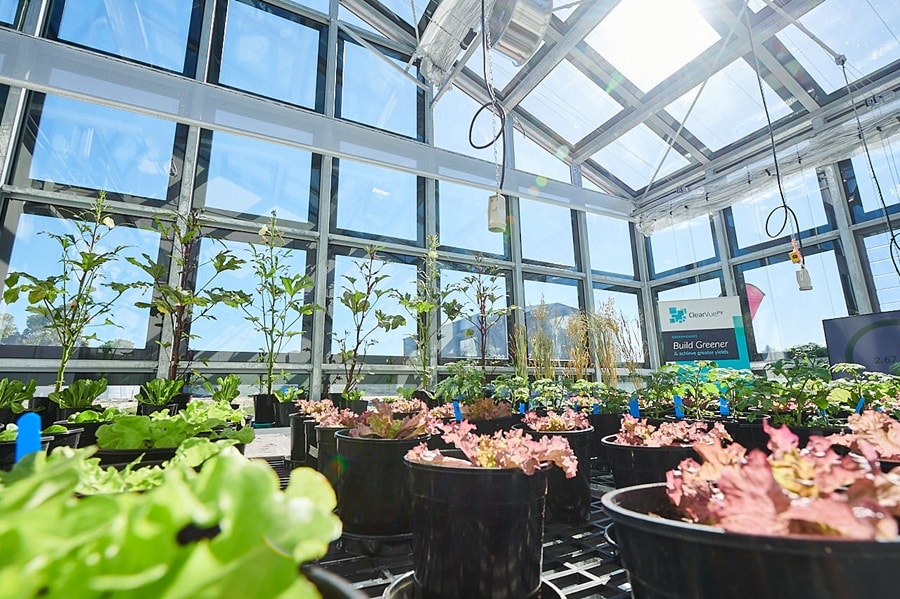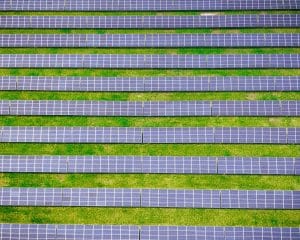While rooftop solar panels in Australia have become familiar, a new wave of innovation is brewing – solar windows. These windows promise to transform buildings from energy consumers to power generators, with significant benefits for homeowners, businesses, and the environment.
Are you looking to save money on your electricity bills and reduce your carbon footprint? Solar energy is the perfect solution! Energy Matters can help you get up to 3 FREE solar quotes from pre-qualified and vetted solar firms in your area.
Energy Matters has been a leader in the renewable energy industry since 2005 and has helped over 40,000 Australian households in their journey to energy independence. With Energy Matters, you can be sure you’re getting the best possible deal on solar energy. We only work with reputable solar firms with a proven track record of delivering high-quality solar systems.
The promise of solar windows: Power at your windowpane
Traditional solar panels have dominated the renewable energy landscape for decades. However, they require dedicated rooftop space, which isn’t always available, particularly in urban areas. Solar windows offer a compelling alternative. They integrate solar energy harvesting capabilities directly into the building envelope, utilising existing window surfaces for electricity generation.
What are solar windows?
Solar windows, also known as photovoltaic (PV) windows, are transparent solar panels that generate electricity while allowing light to pass through. They are designed to replace conventional windows, transforming buildings into active power generators. The technology behind solar windows is based on using semi-transparent solar cells that absorb non-visible light rays, such as ultraviolet (UV) and infrared (IR) while maintaining transparency in the visible spectrum.
Development of solar windows in Australia
Australia has been at the forefront of solar window technology, with significant research and development contributing to its advancement. West Australian company ClearVue has developed industry-standard solar windows delivering at least 30 watts per square meter while maintaining 70% transparency. Using standard industry manufacturing processes, these windows are scalable and ready for mass production. Their solar glass utilises a nanoparticle interlayer and a spectral coating to capture infrared and UV light while allowing the most visible light to pass through. Conventional solar cells at the window’s edge convert the captured light into electricity.
Researchers at the ARC Centre of Excellence in Exciton Science are working on enhancing the efficiency of these windows. They aim to increase it by developing nanoparticles that can innovatively transfer non-visible light. This breakthrough could revolutionise how we think about energy generation and building design.
The technology behind solar windows
While the concept is simple, the technology behind solar windows is quite complex. Here’s a breakdown of some key approaches:
- Dye-sensitized solar Cells (DSSCs): These cells utilise dyes to absorb sunlight and convert it into electricity. They offer good transparency but have lower conversion efficiency than other technologies.
- Perovskite solar cells: This emerging technology uses perovskite materials, which can be fine-tuned to achieve high efficiencies while maintaining transparency. Australian researchers are making significant advancements in this area. Check out our page for Breakthrough Perovskite Solar Cell News: Solar Panel Efficiency with Incredible Advancements.
- Organic solar cells: These cells are made from organic polymers and are lightweight and flexible. They can be potentially integrated into different window designs but may have durability concerns.
Sources: pv magazine Australia, Clean Technica, ClearVue
The Impact on architecture and urban planning
Integrating solar windows into buildings presents a transformative opportunity for architects and urban planners. Buildings can now be designed with energy generation in mind without compromising aesthetics or functionality. Solar windows can be incorporated into various architectural elements, including facades, skylights, and even walkable floors and roofs.
In addition to generating electricity, solar windows can also contribute to building thermal regulation. By controlling the amount of IR light that passes through, these windows can help maintain comfortable indoor temperatures, reducing the reliance on heating and cooling systems.
Australian solar window landscape: Innovation and challenges
Despite the promising potential of solar windows, there are challenges to overcome. The technology’s cost, stability, and efficiency require further improvement. Here’s a closer look:
- Efficiency: Current solar window technologies generally have lower conversion efficiency than traditional rooftop solar panels.
- Cost: The relatively new technology translates to higher upfront costs than traditional windows.
- Integration: Building codes and regulations must adapt to accommodate solar windows’ unique properties and potential benefits.
- Aesthetics: While some solar windows offer good transparency, some may have a slight tint or colour cast, which might only suit some architectural designs.
The bright side: Benefits of solar windows
Despite the challenges, solar windows offer a range of compelling benefits:
- Reduced energy consumption: By generating electricity, buildings can significantly reduce their reliance on the grid, leading to lower energy bills and a smaller carbon footprint.
- Increased building sustainability: Solar windows contribute to a building’s overall energy rating, making them attractive for property developers and environmentally conscious consumers.
- Architectural versatility: As the technology matures, solar windows are expected to offer a wider range of colours, transparency levels, and integration options, allowing for more design flexibility.
- Building Integrated Photovoltaics (BIPV): Solar windows are a key element of BIPV. This concept seamlessly integrates photovoltaic materials into the building envelope, creating a more aesthetically pleasing and functional structure.
The Australian context: With its abundance of sunlight and focus on renewable energy, Australia is ideally positioned to be a leader in adopting solar window technology. The potential cost savings on energy bills, coupled with government incentives for renewable energy solutions, could significantly accelerate the uptake of solar windows in the near future.

Conclusion: Solar windows – A sustainable future for Australian buildings
Solar windows represent a significant leap forward in sustainable building design. By harnessing the sun’s power, these windows can transform how we think about buildings, contributing to Australia’s cleaner and more energy-independent future. As the technology evolves and becomes more accessible, solar windows are poised to play a key role in creating a sustainable built environment for future generations.
Ready to go solar? Get an instant assessment
To find out how much a solar system with storage or even an EV charger will cost, try our easy-to-use solar power and battery storage calculator! It will generate performance data and possible cost savings.
We can forward your information to 3 trusted local installers in your area to obtain free, no-obligation solar quotes.
Find out how much you can expect to pay for solar
Ready to find out more? Get FREE quotes for solar, batteries + more
*Prices quoted are to be used as a guide only and do not factor in state and other rebates and incentives. Includes STC discount.














































